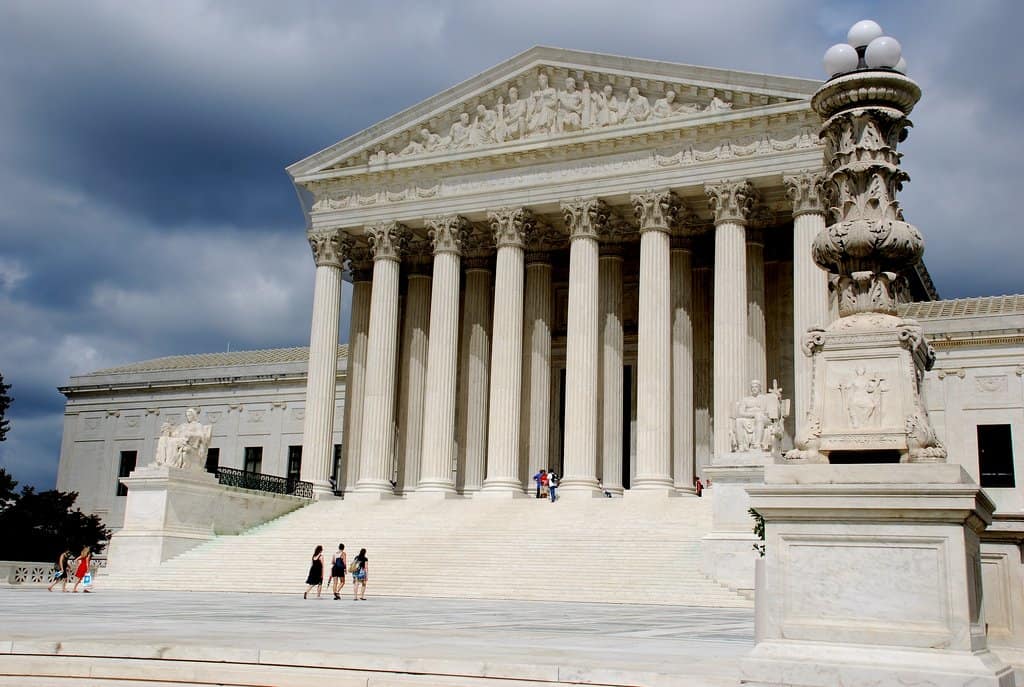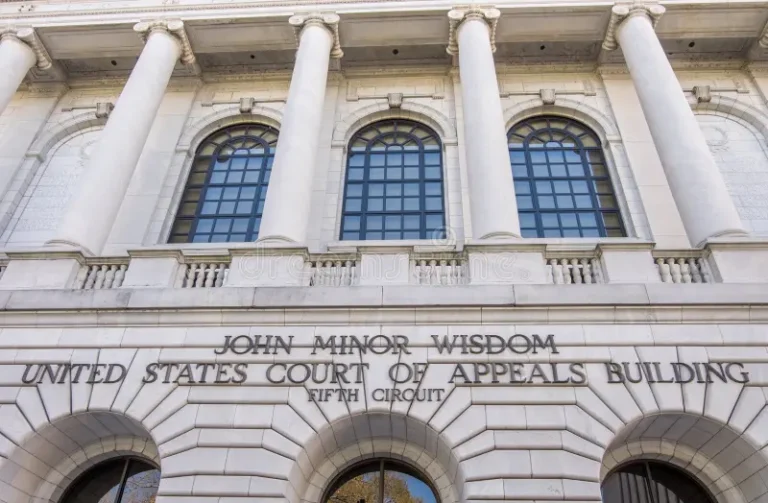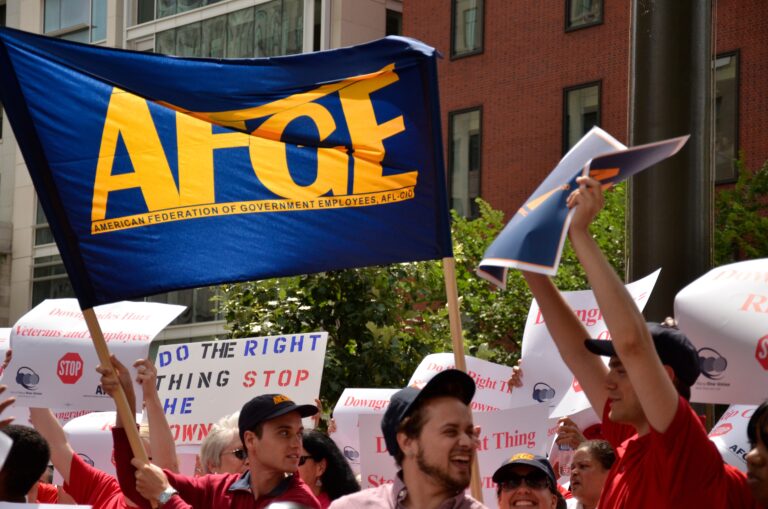
Sharon Block is a Professor of Practice and the Executive Director of the Center for Labor and a Just Economy at Harvard Law School.
Yesterday, Ben and Adrienne sounded a note of caution about the Supreme Court’s opinion in New Prime Inc. v. Oliveira, which in many ways constitutes a rare win for workers at the Court. They found a potential long-term problem for Title VII in the originalist-style rule of statutory construction that the Court majority endorsed in finding for Mr. Oliveira. The Court held that “words generally should be interpreted as taking their ordinary meaning at the time Congress enacted the statute.” Ben and Adrienne explain how a superficial application of that rule of construction may foreshadow a bad outcome if the Supreme Court takes up the question of whether Title VII covers sexual orientation and gender identity discrimination.
I agree with Ben and Adrienne’s assessment, and also worry what the New Prime mode of statutory construction may mean in the context of labor law. This kind of originalist statutory construction is particularly worrying when dealing with a statute like the National Labor Relations Act that was first enacted in the 1930’s and has not been meaningfully amended since the 1940’s. Applying Justice Gorsuch’s logic from New Prime in the kind of superficial way that concerns Ben and Adrienne threatens to lock workers into a pre-modern vision of their place in the economy – one that fails to account for the fissuring of work relationships, the growth of the gig economy, and the invention of technology that allows many workers to communicate electronically with coworkers with whom they may never share a physical workplace.
I would point to two areas of labor law where Justice Gorsuch’s mode of interpretation could further narrow the zone of protection for worker voice and power accorded by the National Labor Relations Act. Ben and I flagged one of these areas in our post analyzing the Court’s decision in Epic Systems. As we noted, the Court adopted an originalist-style interpretation in holding that Section 7’s protection for concerted activity did not extend to collective litigation. In Epic Systems, Justice Gorsuch asserted (without any real evidence) that the framers of the NLRA could not have been thinking about collective litigation activity when they drafted the Act’s protection for concerted activity. Of course, it is obvious that the framers of the NLRA could not literally have been thinking about other modern forms of concerted activity either, such as the use of social media or work-based email systems.
Another area where the Gorsuch originalist-style approach could be unduly constraining under the NLRA is in defining the key terms employer and employee. Drafters of the NLRA likely had in mind how to order the relationship between big industrial corporations, like GM, and the thousands of workers who worked together in factories with the same corporate name on all of their paychecks. They could not have had in mind at that time the complex relationships that now exist between corporations that use subcontracting, labor contracting and franchise agreements to stitch together a web of employers in a single worksite where traditionally there was just one. Nor could they have had in mind workers like Uber drivers who are controlled by app and algorithm and not by a foreman or supervisor. Of course, the fact that the 1935 Congress didn’t imagine Uber doesn’t mean anything about whether the words they used cover Uber drivers today. But if a case regarding the misclassification of employees in the fissured or gig economy was to reach the Supreme Court, Gorsuch’s originalist principles could leave many workers outside of the Act’s protection.
Finally, if the NLRB’s evolving definition of joint employer lands at the Court, a New Prime approach could also spell trouble for workers. My fear is that the Court would find that Congress intended to define joint employment according to the way that business relationships were understood by the common law in 1947. In the D.C. Circuit’s recent decision affirming the the NLRB’s opinion in Browning Ferris, the court looked to post-1947 cases defining the common law standard. In his dissent, however, Judge Randolph called out the majority for failing to recognize that “[t]here is no ‘common law’ principle as of 1947 standing for the proposition that ‘indirect control’ could render one company a joint employer of another company’s employees.” One could imagine a majority of the Court following Judge Randolph’s lead based on the New Prime approach to statutory construction.
Justice Gorsuch’s suggestion in New Prime that the answer to evolving business norms is for Congress to update statutes must strike most readers as unrealistic. So the Court’s adoption of an originalist-style statutory construction is troubling because it amplifies the negative repercussions of the paralysis that now plagues our Congressional politics. But the problem is not just one of impracticality. The Gorsuch principle sells short the framers of our basic labor and employment laws. They drafted statutes that did not define their scope in reference to the particulars of the jobs that were familiar to them at the time, but rather in accordance with the timeless principle that the norm for workers in our country should be to enjoy these basic protections. The Supreme Court’s recent decisions in New Prime and Epic Systems are most troubling because they have the potential to significantly erode that important norm.










Daily News & Commentary
Start your day with our roundup of the latest labor developments. See all
December 3
The Trump administration seeks to appeal a federal judge’s order that protects the CBAs of employees within the federal workforce; the U.S. Department of Labor launches an initiative to investigate violations of the H-1B visa program; and a union files a petition to form a bargaining unit for employees at the Met.
December 2
Fourth Circuit rejects broad reading of NLRA’s managerial exception; OPM cancels reduced tuition program for federal employees; Starbucks will pay $39 million for violating New York City’s Fair Workweek law; Mamdani and Sanders join striking baristas outside a Brooklyn Starbucks.
December 1
California farmworkers defend state labor law, cities consider requiring companies to hire delivery drivers, Supreme Court takes FAA last-mile drivers case.
November 30
In today’s news and commentary, the MSPB issues its first precedential ruling since regaining a quorum; Amazon workers lead strikes and demonstrations in multiple countries; and Starbucks workers expand their indefinite strike to additional locations. Last week, the Merit Systems Protection Board (MSPB) released its first precedential decision in eight months. The MSPB had been […]
November 28
Lawsuit against EEOC for failure to investigate disparate-impact claims dismissed; DHS to end TPS for Haiti; Appeal of Cemex decision in Ninth Circuit may soon resume
November 27
Amazon wins preliminary injunction against New York’s private sector bargaining law; ALJs resume decisions; and the CFPB intends to make unilateral changes without bargaining.